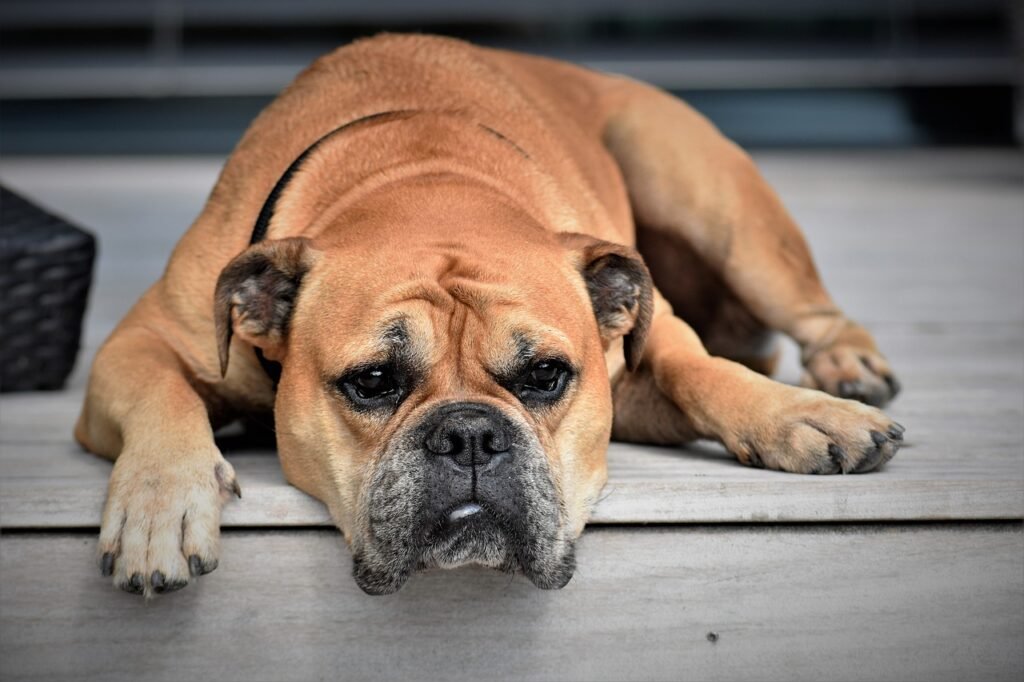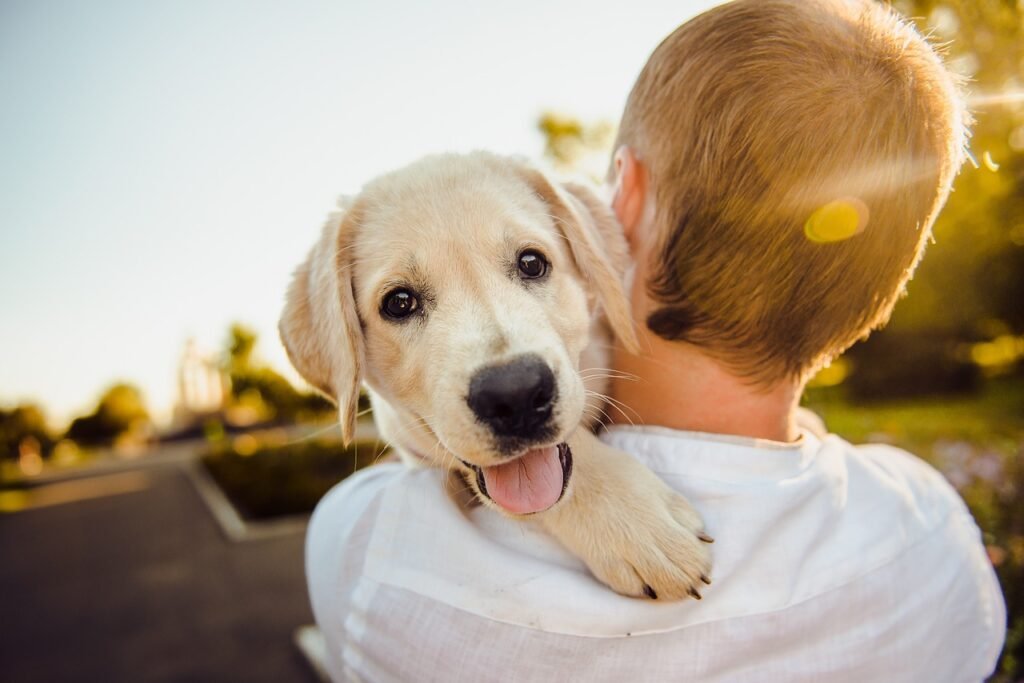Tips for Ensuring a Comfortable and Active Golden Age
Embarking on the journey of pet ownership is a wonderful and rewarding experience. Over the years, your furry companion has become not just a pet, but a cherished member of your family. As our pets age, they may encounter mobility challenges that require our attention and care. In this blog post, we will explore valuable tips and strategies for improving mobility, addressing arthritis or joint problems, and creating an accessible environment that allows senior pets to enjoy their golden years to the fullest. If you’re a prospective pet owner or already have a senior pet, read on to provide your beloved friend with the support they need for a comfortable and active life.
1. Understanding Senior Pet Mobility
As pets age, their joints may become stiffer, and their muscles weaker, leading to mobility issues. It’s crucial to recognize these changes and adapt your pet’s lifestyle to accommodate their evolving needs.
2. Regular Veterinary Check-Ups
Schedule routine veterinary check-ups to monitor your pet’s overall health and address any mobility concerns early. Your veterinarian can recommend appropriate treatments or therapies tailored to your pet’s specific needs.
3. Balanced Diet and Weight Management
Maintaining a healthy weight is essential for senior pets. Excess weight can exacerbate joint problems. Consult your veterinarian for guidance on a suitable diet and portion control to help manage your pet’s weight.
4. Joint Supplements
Discuss joint supplements with your veterinarian. Glucosamine and chondroitin supplements can help support joint health and alleviate arthritis symptoms.
5. Low-Impact Exercise
Regular exercise is vital for senior pets, but it should be low-impact and appropriate for their age and condition. Gentle walks, swimming, or short play sessions can help keep their muscles toned and joints flexible.
6. Provide Comfortable Resting Spots
Make sure your senior pet has comfortable and supportive places to rest. Orthopedic beds can provide relief for achy joints, and elevated food and water bowls can reduce strain while eating and drinking.
7. Non-Slip Flooring
Slippery floors can be hazardous for senior pets with mobility issues. Consider adding non-slip rugs or mats in high-traffic areas and using paw-grip socks to help your pet maintain their balance.
8. Ramps and Stairs
If your pet has difficulty climbing stairs or getting onto furniture, consider using ramps or pet stairs to provide easier access to their favorite spots.
9. Assistive Devices
In some cases, assistive devices like mobility harnesses or slings can help your senior pet get around more easily. Consult with your veterinarian to determine if these devices are suitable for your pet’s needs.
10. Medication and Pain Management
If your pet is suffering from arthritis or chronic pain, your veterinarian may prescribe medications or pain management techniques to improve their comfort and mobility.
11. Massage and Physical Therapy
Explore massage and physical therapy options for your senior pet. These treatments can help increase circulation, reduce muscle tension, and improve overall mobility.
12. Adequate Hydration
Ensure your senior pet has easy access to clean, fresh water at all times. Proper hydration is essential for overall health and joint function.
13. Maintain Mental Stimulation
Keep your senior pet mentally active with puzzle toys and interactive games. Mental stimulation can be as vital as physical activity for their well-being.
14. Emotional Support
Don’t underestimate the importance of emotional support. Spending quality time with your senior pet, offering affection, and maintaining a consistent routine can provide comfort and reassurance.
15. Be Patient and Adaptive
Above all, be patient and adaptive to your senior pet’s changing needs. Their comfort and well-being are your top priorities, and your understanding and care can make all the difference in their quality of life.
Supporting senior pets with mobility issues requires compassion, patience, and dedication. By implementing these tips and creating an accessible environment, you can help your beloved senior pet enjoy their golden years with the comfort, love, and quality of life they deserve. Remember that with your support, your senior pet can continue to bring joy and companionship to your life for years to come.



